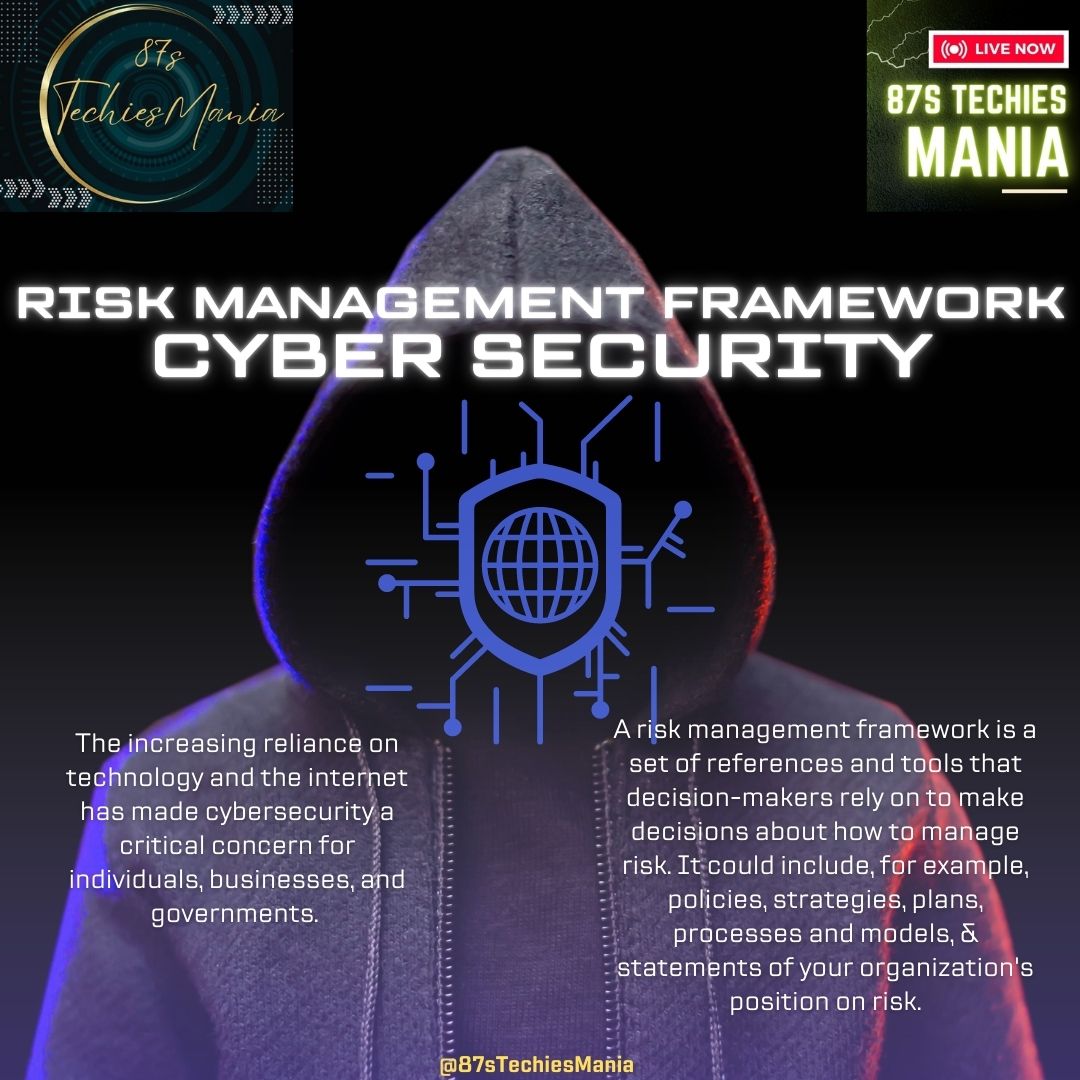What is a Content Management System (CMS) and why it said to be the Engine of the Web.
Actually, CMS is a software that stores content. That is why we called it as engine of the web. CMS is working on Back-end and Front-end.
CMS Provides user friendly front end in the shape of Template and CMS allows users to use templates for easy handling of websites. There are many types of CMS, paid and free.
What I would like to share is WordPress which is the one of the best example of CMS. WordPress is a great example of a CMS that’s free and easy to use. Beginners are love to choose CMS, WordPress.
CMS has usually built-in features of Search Engine Optimization (SEO) Tools, it has also support for user management and Email management, document management (like Pdf docs) as built-in features. It can also track any changes made to files and CMS allows for easy editing of files.
CMS allows extensions through software known as plugins which really easy your management on CMS.
Why people use CMS?
One of the main advantages of CMS is that it enables non-technically minded users to create functional pages or upload and modify content themselves, without having to outsource the work to a web developer or understand programming languages such as HTML or PHP.
What are benefits of using CMS?
●Compared to static HTML websites, key benefits of CMS include:
●user-friendliness
●Quick deployment
●Ease of maintenance, including updates
●Cost-efficiency, especially with out-the-box solutions, open source or freeware
●Extendable functionality, through a large number of plugins and extensions
●SEO-friendly features
It is important to realize that there are several processes that should be implemented if you’re using one of the CMS platforms in your environment, such as the following:–
●Always run the latest version of any CMS.
●Update CMS systems regularly via continuous patch management.
●Always use trusted sources for themes and plugins. Never use free themes and plugins.
●Never use default settings. Change the default “ADMIN” name. Rename default database prefixes to prevent SQL injections.
●Reduce credentials. The administrator account should only be needed to perform updates or add/change themes and plugins. Those who edit posts or write articles should never need to be at an administrator level.
●Always use strong passwords.
●Protect the .htaccess file. Refer to the IBM paper and see the “Securing .htaccess” link in the References section.
●Use a cloud-based security service.
●Back up your CMS installations at regular intervals and design a robust disaster recovery plan.
●After applying these recommendations, you will have a greater peace of mind regarding the security of your CMS.




